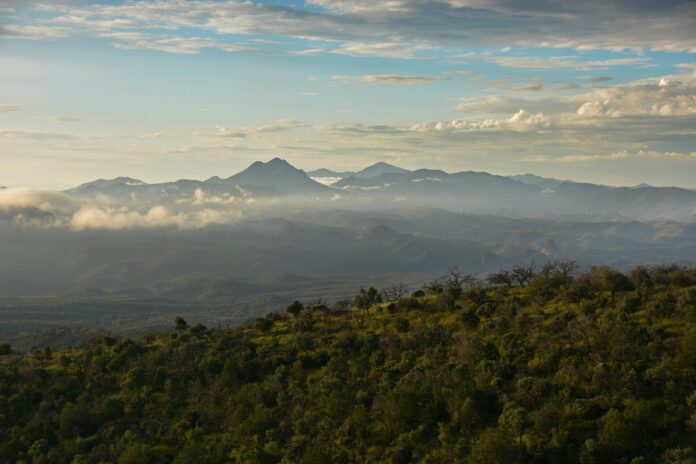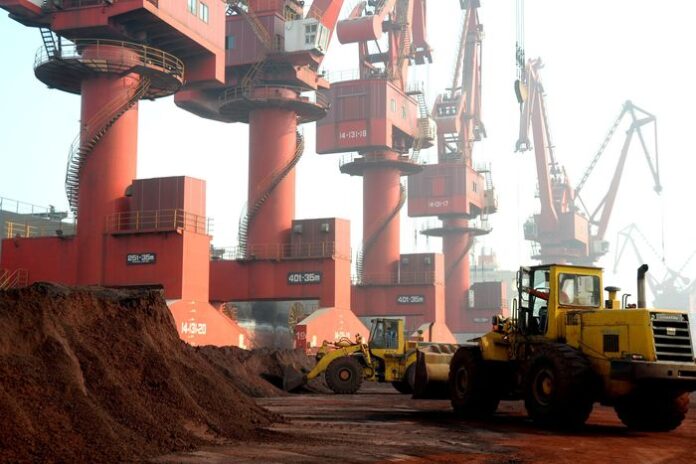Canada’s $67 Billion “Ring of Fire” Discovery Sparks Debate

Watan – In a remote region of northern Ontario, a significant discovery has emerged, capturing international attention. Specifically, The Wall Street Journal recently spotlighted the “Ring of Fire,” an area believed to conceal mineral deposits valued at an estimated $67 billion.

Contrary to initial thoughts, this isn’t a tale of hidden pirate treasures. Instead, it’s a narrative centered on essential minerals like cobalt, nickel, and copper. Nestled beneath an expansive ecosystem of swamps, these minerals play a crucial role in the production of batteries for electric vehicles. Remarkably, the value of these deposits per square foot even eclipses the richness of the Amazon rainforests.
Given the global shift towards clean energy and electric vehicles, this discovery holds immense economic promise. However, navigating this opportunity is not straightforward. Environmentalists, for instance, voice deep concerns about the potential carbon emissions from mining operations. They warn that such endeavors could swiftly elevate Canada among the world’s top carbon emitters.

On the other hand, Ontario’s leader, Doug Ford, champions the project. He has expressed eagerness to lead infrastructure developments, ensuring easier access to the “Ring of Fire.”
Nevertheless, opposition persists. Environmental lawyer Kate Kempton points to potential legal battles against the Ontario government, emphasizing the project’s potential environmental fallout.
It’s worth noting that similar mineral-rich regions have surfaced globally, with areas in South Africa revealing deposits integral to various industries, including the production of stainless steel.
You might like:
Hakan Fidan’s Bold Stance: Turkey’s Foreign Minister Issues Threats to the U.S. Over Northern Syria





